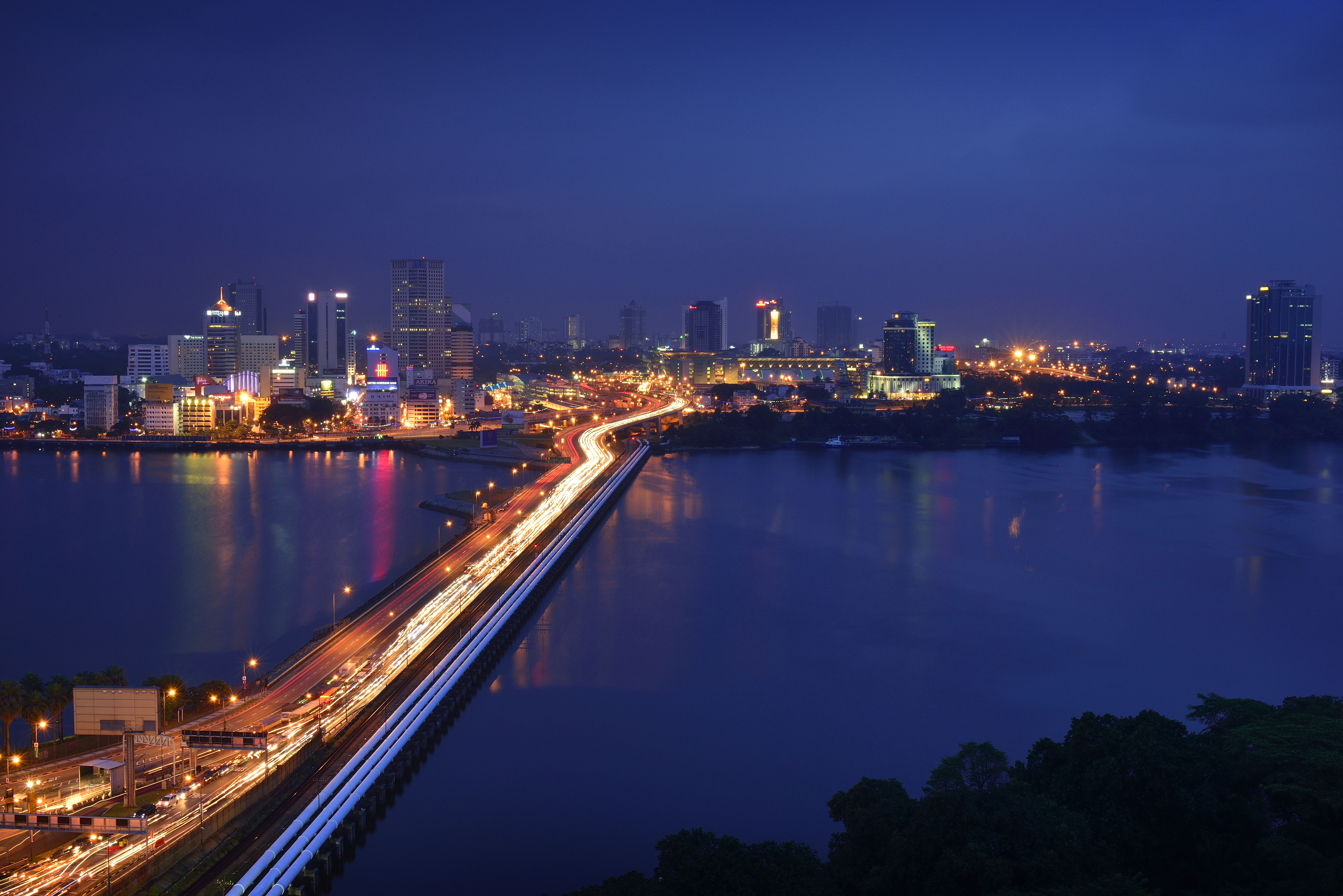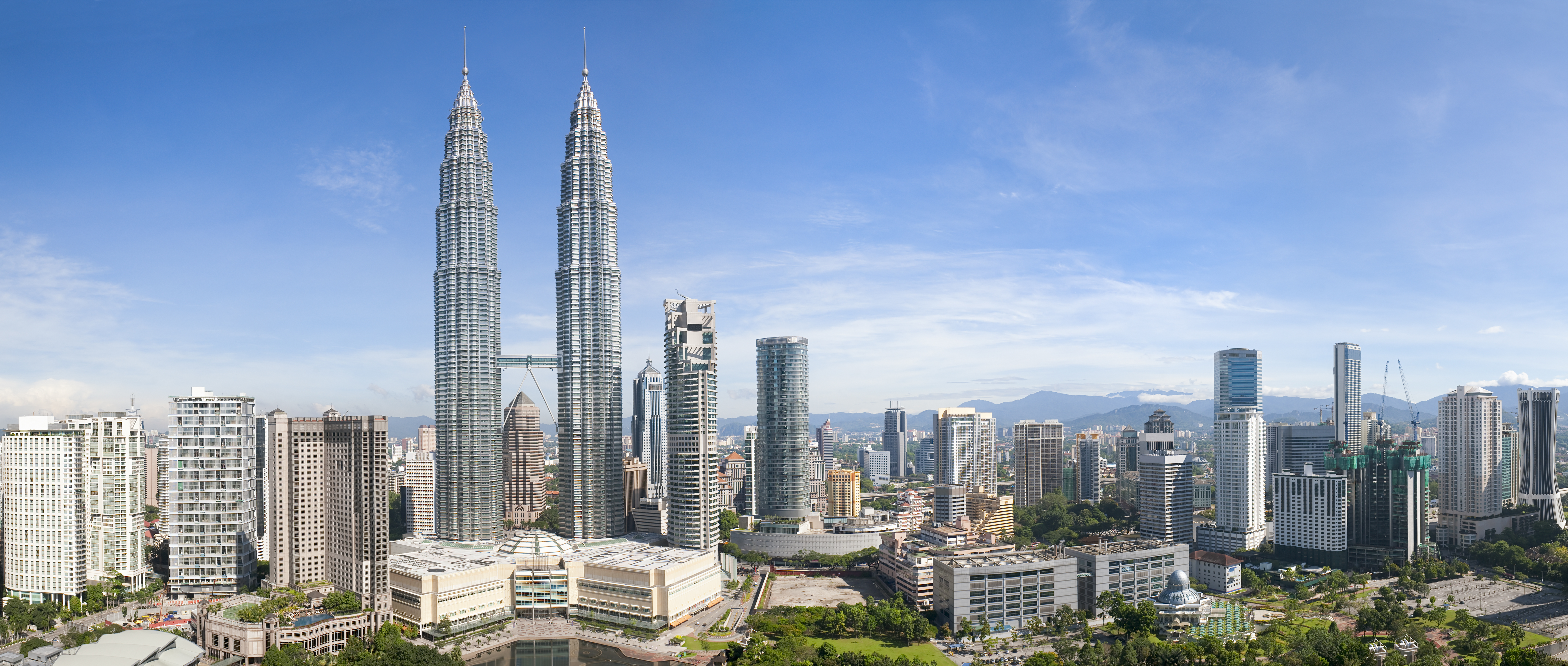Malaysian universities are going from strength to strength, but Dr Siti Hamisah Tapsir, Director General of the country’s Ministry of Higher Education, is working to redesign the system to cope with new demands as John O’Leary reports.
Malaysia’s universities are enjoying a period of unprecedented success, in ranking terms at least. Twelve of the country’s 13 universities have improved their positions in the QS World University Rankings® in the last year. It is a record that is unmatched anywhere else in the world.
The higher education system will not rest on its laurels, however. The government is implementing a thoroughly modern blueprint, a guideline to all higher education providers, which comes complete with its own app* that uses 3D animations and augmented reality.
The MyHE4.0 blueprint, entitled Framing Malaysian Higher Education 4.0: Future-Proof Talents includes challenging targets for universities in the light of the Fourth Industrial Revolution (4IR) and sets about nurturing graduates who are able to survive and thrive in the 4IR.
The aim is to steer universities towards greater collaboration with business and industry in order to create rounded, entrepreneurial graduates who will help Malaysia to emulate some of the region’s most successful economies. At the same time, there are plans for an ambitious expansion of the country’s recruitment of international students and enhancement of the governance and quality of public and private Malaysian institutions.
Dr Siti Hamisah Tapsir, Director General of Malaysia’s Department of Higher Education, outlined the strategy at the2018 EduData Summit, organised by QS at the Massachusetts Institute of Technology – an apt location since she stressed that its policies were data driven. In particular, the Ministry uses data to benchmark performance internationally, she said.
“Data is an enabler for evidence-based policies, using employability rates and comparing research strategies, for example,” she said. “The age of disruption necessitates more data analytics for enhanced efficiency and strategic decision-making.”
Indeed, the age of disruption is changing the whole approach to universities. “We are transforming Malaysian higher education because we are now dealing with digital natives,” Dr Hamisah Tapsir said. “Students are asking why they have got to go to classes. They want universities to come up with learning without classes.”
The Ministry is not proposing to abolish lectures and seminars, but the MyHE4.0 blueprint describes learners as “connectors, creators and constructivists”. It is piloting initiatives such as the 2U2i model of degrees, which involves two years at the university and two years in industry.
Seven universities were offering 22 programs using the model in 2017-18. The scheme is one of the government’s attempts to make undergraduate years a better preparation for the world of work. “Industries are now seriously participating in university programs and universities and industry are working together at last.”
Employability has always been the key mission for the Ministry. There has been a 4.7 per cent improvement in employability, allowing for gender and background. The average employment level for graduates is now almost 80 per cent, Dr Hamisah Tapsir reported: 90 per cent in the Sciences and 60 per cent in the Arts. “We are looking at the most popular programs – Business is top at the moment, with Science only seventh.” In future, the government would like 60 per cent of students to take Science subjects and 40 per cent Arts.
Participation in higher education now stands at 40 per cent of young people, compared with 14 per cent not long ago. The long-term target is 60 per cent. The recruitment of more international students is another priority.
Malaysia has long aspired to be an education hub for the region, and the current total of 173,000 international students represents considerable progress. The Malaysian Higher Education Blueprint 2015-2025 envisages 200,000 international students by 2020, followed by a leap forward to 250,000 by 2025.
The system to accommodate such numbers is taking shape. There are now 20 public universities and 467 private higher education institutions, with 10 branch campuses operated by overseas universities. Some suspected that this year’s election of Mahathir Mohamad as Prime Minister might see the scaling back of branch campuses, but the reverse has been the case so far. He has also been encouraging Japanese universities to establish the country’s first branch campus in Malaysia.
Research, as well as teaching, features in the MyHE4.0 blueprint, with the government looking for better value for the 1.3 per cent of GDP currently spent on research. “We are considering which areas need investment, for nation-building and the economy,” Dr Hamisah Tapsir said. “Eight subjects are equal to, or better than, the world average for citations: engineering, medicine, environmental science, chemical engineering, energy, psychology, health subjects and veterinary medicine.”
Grand challenges have been identified for research, including adapting to rapid change in technologies. The extent to which disruptive technologies will affect higher education is among them.
The Ministry is looking at the proportion of PhDs that are completed on time and the numbers graduating. Of the 75,000 academics, 20,000 have PhDs. “We are looking at the productivity of researchers – we need to work harder on productivity,” Dr Hamisah Tapsir said. “A lot more papers are being published but they are not highly cited overall.”
Agile university governance is another theme of the MyHE4.0 blueprint. The public universities can earn greater autonomy through a ratings system, which is based on assessments of learning and teaching, governance and research.
As a country, Malaysia has improved in this year’s Universitas 21 national ranking, which includes university governance in its basket of measures. The country finished mid-way in the 2018 table of 50 countries, and just outside the top 10 for the resources available for higher education.
But Dr Hamisah Tapsir said the government was interested in global prominence, rather than particular ranking positions. The emergence of the University of Malaya in the top 100 of the QS World University Rankings® was celebrated – the country did not have a university in the top 150 as recently as 2015 – but so was the success of the Universiti Teknologi MARA team in a Cambridge University debating competition.


*MyHE4.0 is complete with MyHE 4.0 Augmented Reality (AR) contents available from the App Store and Play Store.
For all of the emphasis on industry and the economy, the government talks of ‘humanising’ Malaysian higher education. Dr Hamisah Tapsir said the number one driver of higher education policy was the desire to produce holistic, entrepreneurial and balanced graduates.
Academics and students have been waiting to see if the new government would alter the direction of higher education policy. So far, the main development has been a commitment to repeal the University and University Colleges Act (UUCA) related to students’ political involvement on campus. This had been promised in the ‘Alliance of Hope’ election manifesto, and was the subject of talks between student organisations and education minister Maszlee Malik, in October.
The Ministry has also introduced new initiative inculcating values of love, happiness and mutual respect in a bid to create a fun and positive learning environment.
The overarching ambitions for higher education are unlikely to change, however. Dr Hamisah Tapsir says in her introduction to the app: “We need to equip our graduates with future proof skill sets by harnessing their humanistic, technological and data analytics competencies in embracing the fourth industrial revolution.”
Datin Dr Siti Hamisah Tapsir is the director general at Malaysia’s Department of Higher Education. She was deeply involved in the production of the higher education section of the Malaysia Education Blueprint 2015-25 and is now tasked with implementing the initiatives outlined in it for public and private higher education institutions. She played the primary role in the establishment of a rating system for private colleges and the liberalisation of private higher education. She also contributed significantly to the formation of several foreign university branch campuses in Malaysia and the enhancement of public universities’ policies and governance. Before joining the Ministry in 2009, Dr Hamisah Tapsir was the deputy vice-chancellor of Universiti Teknologi Malaysia. She graduated with a master’s degree in civil engineering from the University of Lowell, Massachusetts, and received a PhD in civil engineering from the University of Leeds. She started her career as a civil engineer in the Public Work Department of Kuala Lumpur and she has held a civil engineering position with Bethel Duncan Associates in Burlington, Massachusetts, before returning to the academic world.



